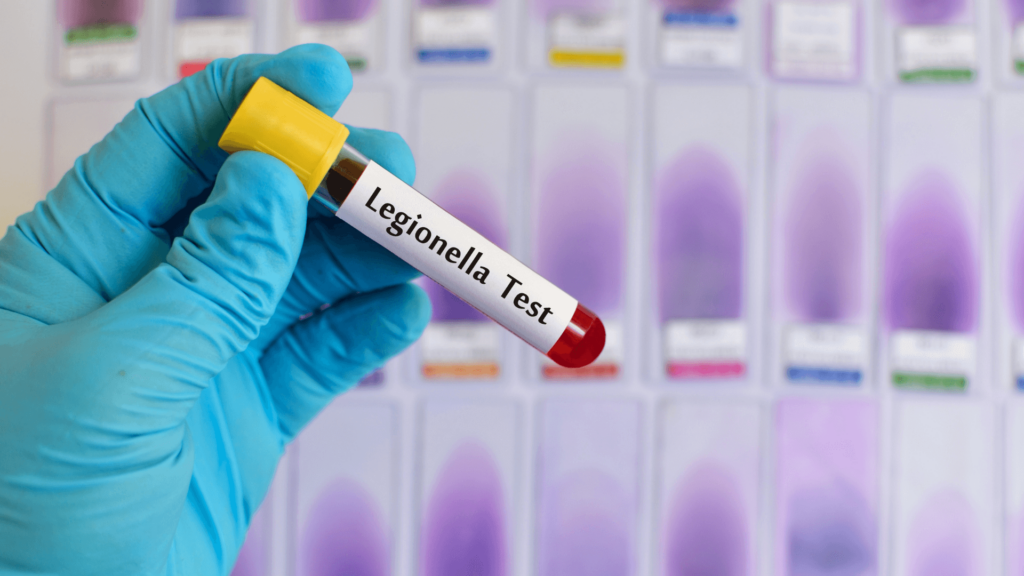Given the high prevalence of heterotrophic bacteria and pathogenic organisms like Legionella in potable water, healthcare facilities must implement a water management program.
In 2017, the Centers for Medicare & Medicaid Services (CMS) issued a memorandum requiring healthcare facilities to implement a water management program to prevent the growth and spread of Legionella and other opportunistic pathogens in their water systems. According to CMS, between 2000 and 2014, 19% of reported Legionnaires’ Disease (LD) outbreaks occurred in long-term care facilities, and an additional 15% came from hospitals.
Healthcare facilities need to be aware of the various sources of Legionella in their water systems, including:

In 2018, Weas Engineering conducted a study to provide practical recommendations for healthcare facilities compliant with the CMS memorandum. The study analyzed the prevalence of Legionella, Pseudomonas aeruginosa, and Non-Tuberculous Mycobacterium (NTM) in 1288 potable water samples. The findings were as follows:
▪ Legionella was present in 12% of the samples.
▪ NTM was present in 94% of the samples.
▪ Pseudomonas aeruginosa was present in only 1% of the samples.
▪ More than 95% of samples contained heterotrophic bacteria.
Of the Legionella-positive samples, 14% had counts higher than 10CFU/100ml, 5% higher than 100CFU/100ml, and 1.8% higher than 1000CFU/ml. More than 50% of the heterotrophic bacteria-positive samples had counts higher than 1000CFU/ml, exceeding the EPA’s drinking water limits.
In summary, the study underscores the need for healthcare facilities to take proactive measures to manage water quality and prevent the proliferation of harmful pathogens like Legionella. UV disinfection, as part of a comprehensive water management program, offers a reliable solution to ensure the safety of patients and staff by minimizing the risks associated with contaminated water systems.
Due to the high prevalence of heterotrophic bacteria and pathogenic organisms like Legionella in potable water, healthcare facilities must implement a water management program as CMS requires. Therefore, The CDC has provided a toolkit to assist facilities comply with ASHRAE Standard 188.
UV disinfection plays a crucial role in water management programs for healthcare facilities. Legionella, Pseudomonas, and most heterotrophs are highly susceptible to UV disinfection. By utilizing UV for secondary disinfection and as a firewall, healthcare facilities can significantly reduce the incoming levels of these organisms into their water systems. This dual disinfection approach, combining UV and chlorine disinfection, ensures that chlorine-resistant organisms are inactivated by UV before they enter the facility’s water system, reducing the risk of future outbreaks.
In conclusion, it is vital for healthcare facilities to understand the sources of Legionella in their water systems and to implement effective water management programs to prevent the growth and spread of Legionella and other opportunistic pathogens. UV disinfection is crucial to these programs, offering a reliable and efficient solution.
Share: